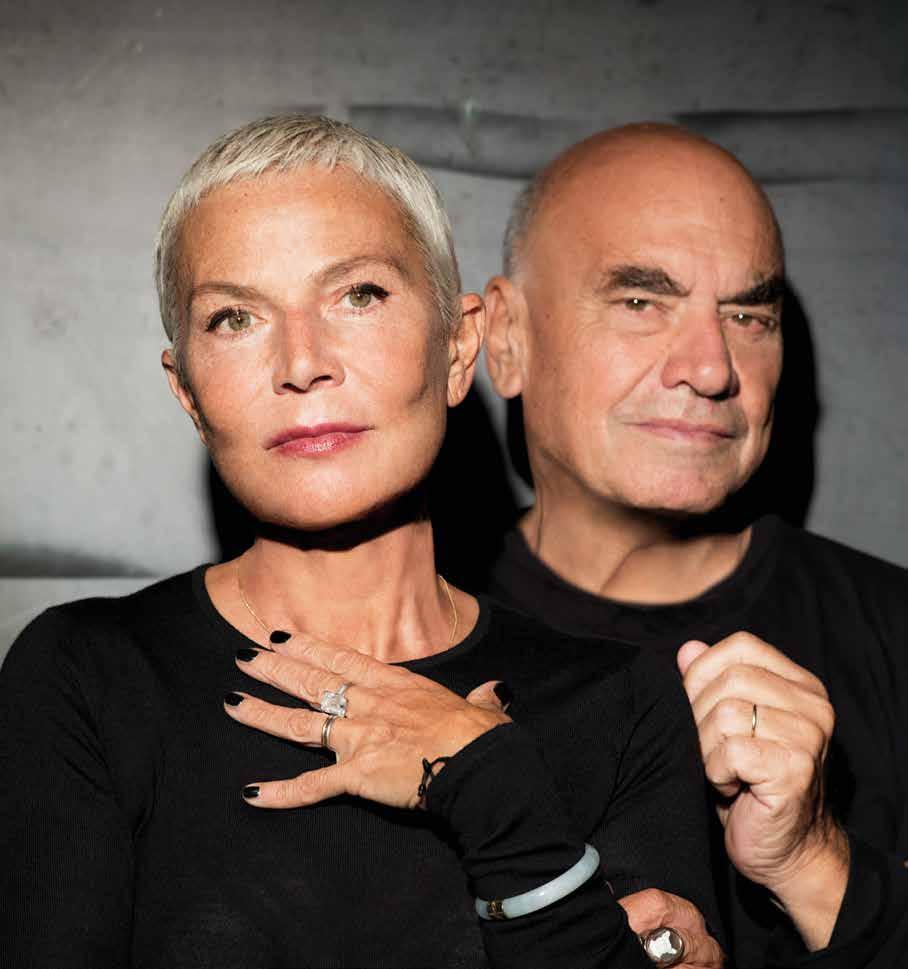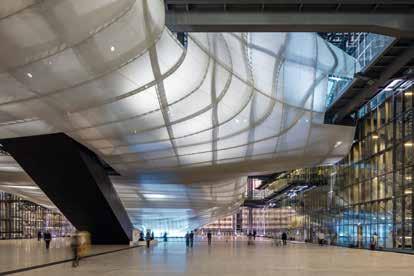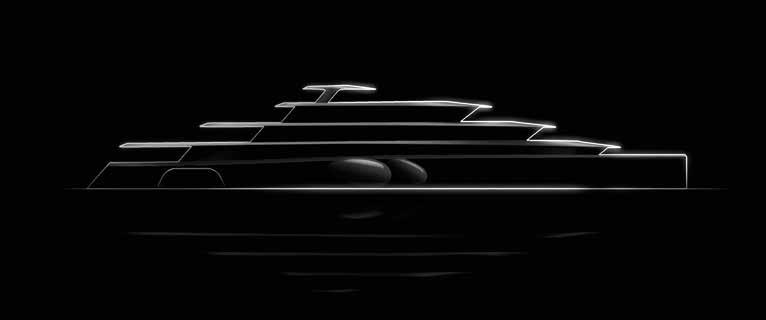



 BLUE FLUO ISSUE • n°38 • 2024
BLUE FLUO ISSUE • n°38 • 2024





 BLUE FLUO ISSUE • n°38 • 2024
BLUE FLUO ISSUE • n°38 • 2024
Extraordinary architecture designed to give humankind the best possible lifestyle. The philosophy underpinning the work of Doriana and Massimiliano Fuksas comprises three fundamental values – versatility, constant evolution and experimentation with all that is as yet unknown
by Veronica Lempi - ph. courtesy by Studio FuksasAdialogue with architects Doriana and Massimiliano Fuksas centres on a single set of values, a fixed point determining the key element in a particular approach to design, research, innovation and thinking – flexibility, a value that never ages. It’s a concept that will have an increasing influence on how we experience our homes. This philosophy is the hallmark of all products by Fuksas – for over fifty years the studio has emphasised evolution, creating extraordinary architecture designed to provide human beings with a better life. “In the end, our real client is humankind”, says Massimiliano Fuksas. “We

design with a constant desire to help people live better”. This is clearly demonstrated by one of the studio’s most recent commissions, ‘The Line’, a linear smart city in Saudi Arabia. Nine international companies are involved in the project, with Fuksas the only Italian representative. The studio is working on an unusual interpretation of space, a solution for a human community that has almost exhausted the availability of conventional surfaces on which to walk, sleep, live, and for which it is now necessary to invent new dimensions. ‘The Line’ focusses on at least three concepts that can help us acquire in-

The manta-ray structure of the Shenzen airport was developed to allow sunlight to enter from different angles, limiting the impact of the tropical temperatures. The honeycomb pattern is repeated in a number of situations



depth appreciation of the Fuksas studio’s design philosophy – flexibility, evolution and passion for the unknown.
In fact, architects Doriana and Massimiliano Fuksas consider designing unprecedented dimensions to be an exciting stimulus. “The demand for mere personalisation has diminished. Clients no longer want conventional structures, they want us to create architecture that is shaped using sartorial techniques”. It’s a very contemporary theme that is also an antidote to AI, despite the fact that the studio has always been committed to technological innovation. A brake has been applied in terms of AI, says M. Fuksas: “It will never replace artistic creation or intellectual property, simply because AI processes are based on something pre-existing, while we as human beings are always tempted by the unexplored. That’s true when designing spaces, too”.
The technological innovation described by Fuksas involves projects based on algorithms developed by the studio. As well ‘The Line’, another example is the Bao’an International Airport in Shenzen, for which the architects have used 80 proprietary algorithms to




design a 500,000 square metre wing laid out over three levels and enfolded in a double interior and exterior honeycomb skin.
Fuksas is driven by the need for constant evolution. The architecture itself must express the idea of change, as exemplified by the Armani/ Ginza Tower designed for Giorgio Armani in Tokyo, a building shaped by the designer’s imagination, a challenge the architects accepted and overcame through the use of light. The all-glass tower is entirely illuminated with bamboo and leaves that change colour and intensity depending on the season and the time of day. As the daylight fades they don elegant evening attire and blend into the bustle of the city’s life. Or take the project completed for the new Fiera Milano-Rho complex, where a 30-metre-high central ‘sail’ extends like a wave with six-branch columns supporting sweeping cantilevered surfaces. Nature plays an active role in the project – trees and water are



woven into the walkway leading to the pavilions, giving visitors the impression they are in a city centre rather than an exhibition centre. It is a priceless example of improvements in everyday life, the studio’s constant objective in all its designs. Evolution and change. The concept of flexibility led the architects Doriana and Massimiliano Fuksas to accept a new, unprecedented commission, the soon-to-be-launched megayacht ‘Sea Flower’, created in partnership with Luca Dini for The Italian Sea Group. Yachtbuilding is a new area that gives the Fuksas studio an opportunity for limitless experimentation. “For Sea Flower we worked on enhancing the flexibility factor. We wanted to try to model the nautical archetypes. The way of living varies on the basis of who is experiencing the home. The same applies to yachts. That was our starting point – varying the elements to develop new lines”.





